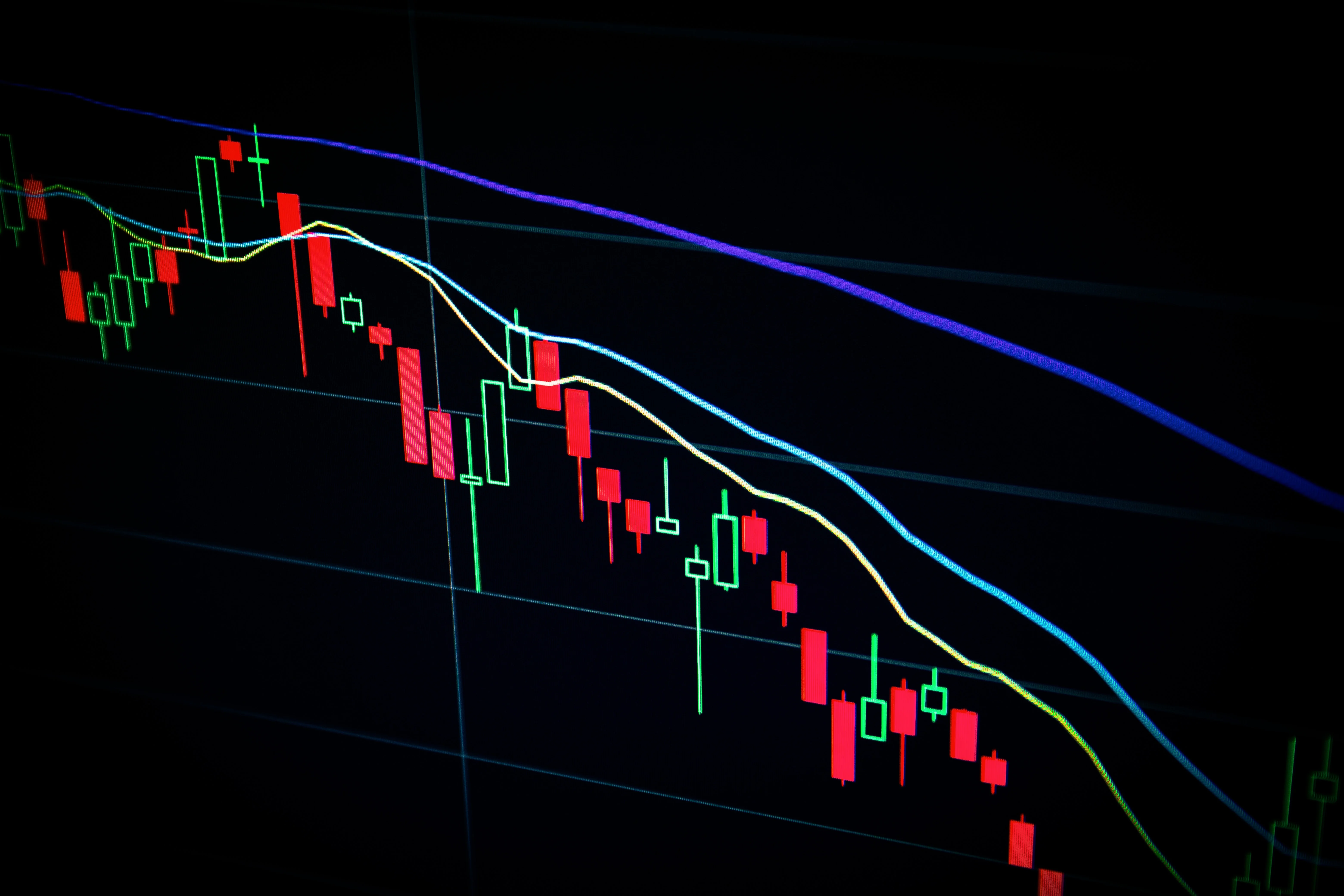Liquidity pools have been gaining popularity in the world of decentralized finance (DeFi) over the past few years. These pools allow users to trade cryptocurrencies and other digital assets in a decentralized and trustless manner, without relying on traditional financial intermediaries like banks or exchanges. But how do liquidity pools work, and how do they generate profits for their participants? In this article, we'll explore the mechanics of liquidity pools and the various ways in which they can make money.
What Are Liquidity Pools?
At a high level, a liquidity pool is a smart contract that contains a pool of two or more tokens, which can be traded against each other at a certain exchange rate. The tokens in the pool are provided by liquidity providers (LPs), who deposit an equal value of each token into the pool. In return, LPs receive liquidity pool tokens (LPTs) that represent their share of the pool. These LPTs can be used to redeem their share of the pool's assets at any time.
Liquidity pools are a core component of automated market makers (AMMs), which are a type of decentralized exchange (DEX) that relies on algorithms to determine the price of assets. In an AMM, traders can swap one token for another at the current exchange rate determined by the pool's algorithm. As more traders trade on the platform, the exchange rate changes to reflect the new supply and demand levels. This mechanism is known as constant product market making, or the x * y = k formula, where x and y are the quantities of the two tokens in the pool, and k is a constant.
How Do Liquidity Pools Make Money?
There are several ways in which liquidity pools can generate profits for their participants. Here are some of the most common:
Trading Fees
The primary way in which liquidity pools generate revenue is through trading fees. When a trader swaps one token for another on an AMM, they pay a small fee (usually 0.3%) that is distributed to the LPs in proportion to their share of the pool. These fees can add up over time, especially on high-volume trading pairs, and can provide a consistent source of income for LPs.
Yield Farming
Liquidity pools can also earn money through yield farming, which is a process of earning additional tokens or rewards by staking or locking up assets in a liquidity pool. Yield farming typically involves providing liquidity to decentralized finance (DeFi) protocols that offer rewards in the form of their native tokens or other assets.
When LPs provide liquidity to a yield farming pool, they receive liquidity tokens in return, which represent their share of the pool. These liquidity tokens can then be staked or locked up in another liquidity pool or DeFi protocol that offers rewards. The rewards can come in the form of additional tokens, trading fees, governance tokens, or other incentives.
The rewards earned through yield farming can be quite substantial, especially when the rewards are in the form of a new token that has a high potential for appreciation. However, yield farming also carries risks, such as impermanent loss and the potential for the value of the rewards to decrease in value.
Overall, yield farming is a way for liquidity pools to earn additional income beyond trading fees by participating in the DeFi ecosystem and providing liquidity to protocols that offer rewards. However, it is important for LPs to do their own research and understand the risks associated with yield farming before investing their assets.
Advantages of Liquidity Pools
Liquidity pools offer several advantages, including:
Lower trading fees: Liquidity pools can facilitate trading with lower fees compared to traditional centralized exchanges since they are decentralized and operate on automated market makers (AMMs).
Liquidity provision: Liquidity pools offer a way for traders to buy and sell assets without the need for a counterparty. LPs provide liquidity to the pool and receive a share of the trading fees in return.
Decentralization: Liquidity pools are decentralized, meaning that they are not controlled by a single entity or authority, making them more resistant to censorship and downtime.
Flexibility: Liquidity pools can support a wide range of trading pairs, including those that may not be available on centralized exchanges. This allows for more flexibility in trading strategies and portfolio management.
Yield farming: Liquidity pools can also participate in yield farming, which can potentially offer high returns for LPs who are willing to take on the associated risks.
Overall, liquidity pools provide a decentralized and flexible way for traders to buy and sell assets, while LPs can earn a share of the trading fees and participate in yield farming. This makes liquidity pools an attractive option for those looking for an alternative to centralized exchanges and traditional financial products.
Risks of Liquidity Pools
Impermanent Loss
One potential risk of being a liquidity provider is impermanent loss. This occurs when the price of one token in the pool changes relative to the other, causing the LP's share of the pool to be worth less than what they initially deposited. Impermanent loss can occur in any situation where the price of the tokens in the pool is volatile, but it is most pronounced in situations where one token is significantly more volatile than the other.
Despite its name, impermanent loss is not always temporary; in some cases, it can become permanent if the price of the tokens never returns to their original ratio. However, in many cases, impermanent loss can be offset by trading fees earned by the LP over time. For example, if a liquidity provider deposits 50% of token A and 50% of token B into a pool, and the price of token A rises 20% relative to token B, they will experience a 4.54% impermanent loss. However, if the LP earns more than 4.54% in trading fees over the same period, they will still come out ahead.


